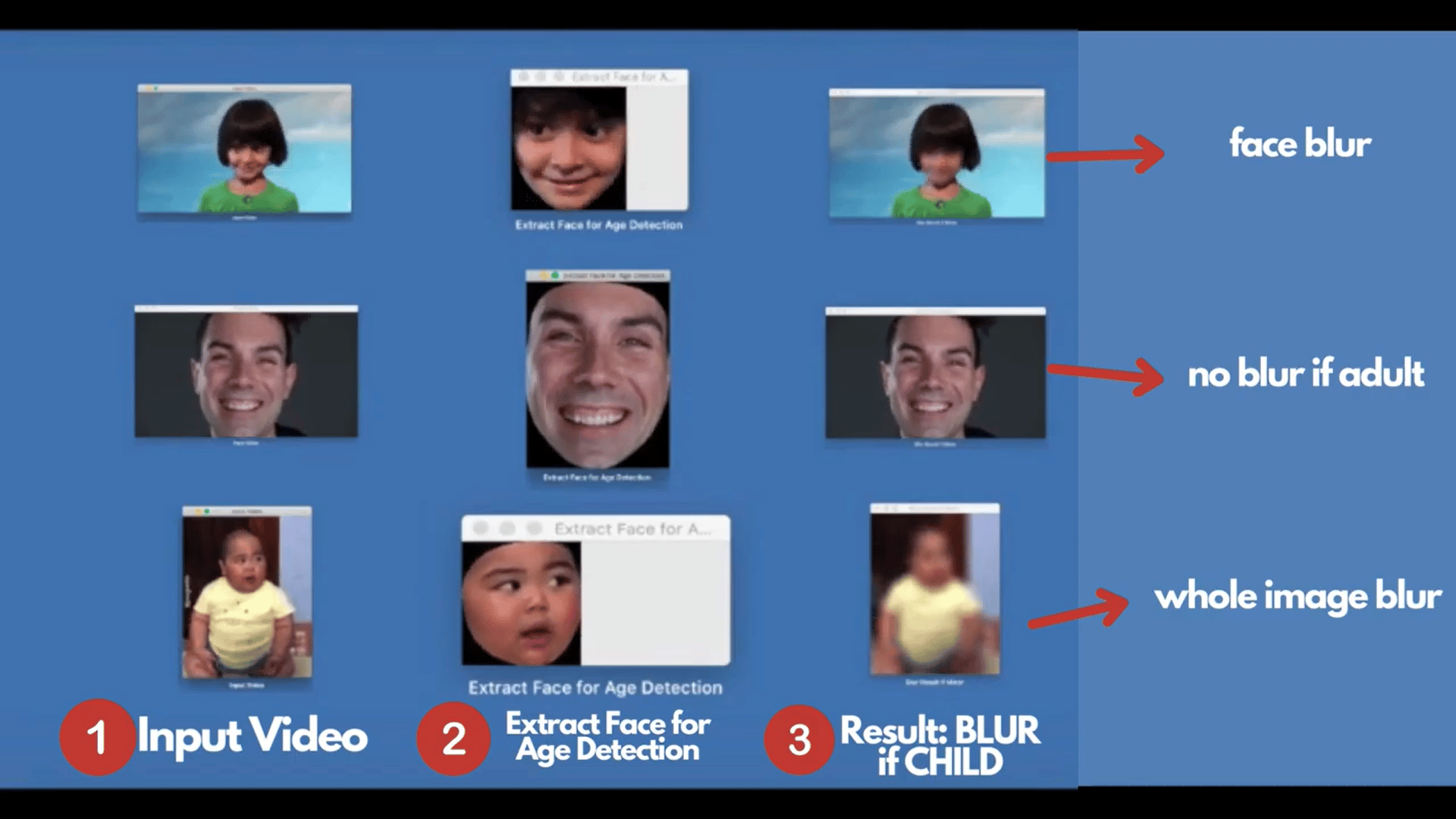Abstract
As internet access grew, so did the online predators and dangers in various forms. According to the Child Crime Prevention & Safety Center (2020), around 500,000 online predators are active each day. Some parents are also concerned about the privacy of their children. They do not want to be the one making the choice on what the kids would want to reveal in the public – a privilege that adults using social media have. Work-from-home parents also worry about unknowingly or accidentally featuring their children in online meetings or presentations. Given this perennial challenge in the digital age, the researchers asked, “How can we leverage deep learning techniques in detecting and censoring children in images and live streaming sites?”. The researchers turned to deep learning techniques to alleviate this big problem. Two (2) primary datasets were used for this study. First is the Flickr-Faces-HQ (FFHQ) Images which contains high-quality .png images of around 70,000 faces. The second is the FFHQ Features Dataset which presents various information for each face in FFHQ Images. With these datasets, an age estimation model is built using deep learning. The model could predict whether the face from an input (i.e., a still image, recorded video, or live feed) is a child or not. The best-performing convolutional base is EfficientNet 3.13 MAE. Ultimately, the researchers are primarily concerned with distinguishing minors from adults hence, it would also be crucial to employ a classification score in the study. The chosen classification metric in assessing model performance is “recall”. This metric essentially answers, “How much of the children’s images have been correctly identified?” In addition, recall helps emphasize the cost of false negatives. It would be costly for the user of the model to misclassify a picture of a child as an adult. On average, the model achieves a recall score of 94.42%. This means that the model can correctly identify an image of a child more than 9 out of 10 times. Creating safe spaces online should be a priority for everyone and not just for parents. Online child abuse has been increasing at an exponential rate and there is still no end in sight. Therefore, there is an urgent need to implement measures to help protect them. There is also a need to respect children’s privacy, especially regarding how they want the world to see them. As the researchers have demonstrated, it is possible to employ deep learning techniques to help protect children and respect their privacy by identifying and obscuring their faces. With this, parents and children can get some relief knowing that the online spaces have been safer.



